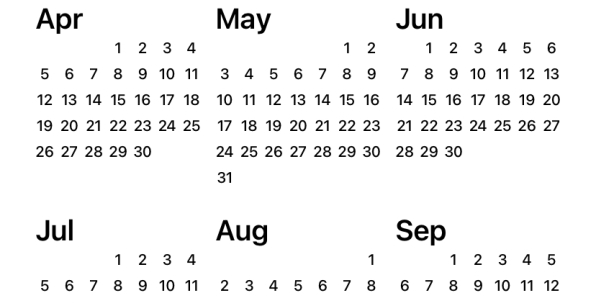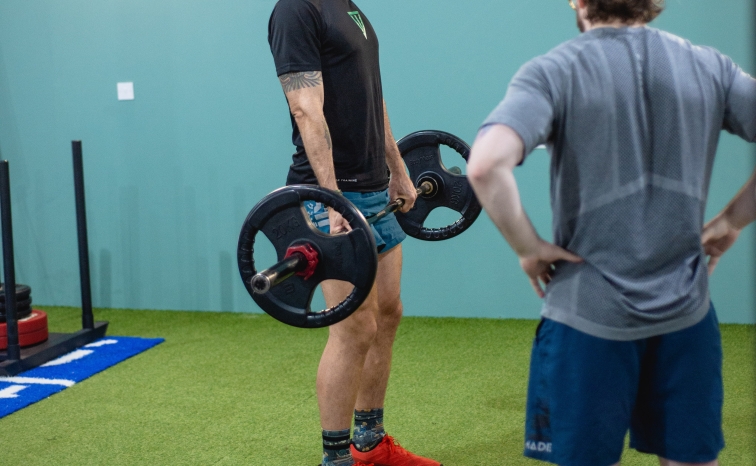If you've been hitting the gym consistently, aiming to build muscle and gain strength, you've probably come across the term "tempo training." It's often mentioned in fitness circles, but what exactly does it mean, and can nailing your tempo truly accelerate your muscle-building journey? Let's dive into the science, benefits, and practicality of tempo training for gym goers, weightlifters, and personal trainers.
Understanding Tempo Training
Tempo training refers to controlling the speed at which you perform each phase of an exercise. It involves paying close attention to the four phases of movement during a repetition: the concentric (lifting) phase, the isometric (pause) phase, the eccentric (lowering) phase, and another isometric phase. These phases are usually denoted by numbers, such as 2-1-2-0, where each number represents the duration of that phase in seconds.
For instance, in a squat with a 3-1-3-0 tempo, you would take three seconds to lower yourself into the squat (eccentric), pause for one second at the bottom (isometric), take three seconds to stand back up (concentric), and then proceed immediately to the next repetition without pausing at the top (no second isometric phase).
Research on the Benefits of Tempo Training for Building Muscle
The effectiveness of tempo training in muscle growth isn't just anecdotal; there's a scientific rationale behind it. Research has shown that altering the tempo of your lifts can influence muscle hypertrophy and strength gains. Let's explore a few key benefits:
Time Under Tension (TUT): Tempo training increases the time your muscles are under tension during each rep. Longer TUT can trigger greater muscle fiber recruitment and metabolic stress, both essential factors for muscle growth.
Eccentric Emphasis: Slowing down the eccentric phase (lowering the weight) can create more muscle damage. This, in turn, stimulates the body to repair and rebuild muscle tissue, contributing to muscle growth.
Mind-Muscle Connection: Paying attention to tempo enhances your mind-muscle connection. By deliberately controlling each phase, you become more aware of the muscles you're working, ensuring you're using the target muscle group effectively.
Variation and Plateau Busting: Incorporating different tempos into your routine can help break through plateaus. Your body adapts to traditional training methods, but altering the tempo challenges your muscles in new ways, sparking fresh growth.

Accessibility for Personal Trainers and Clients
For personal trainers, incorporating tempo training into clients' routines can be a game-changer. It offers a structured approach that aligns with specific goals, whether it's hypertrophy, strength gain, or muscle endurance. Additionally, tempo training can be adapted to various fitness levels, making it accessible for both beginners and advanced athletes.
However, the challenge lies in educating clients about the importance of tempo and ensuring they execute exercises correctly. Personal trainers can provide guidance on selecting appropriate tempos, monitoring form, and gradually progressing the tempo as clients become more comfortable and proficient.
Effectiveness and Results
The ultimate question remains: Is getting tempo right the most effective way of building muscle? While tempo training certainly offers benefits, it's not a one-size-fits-all solution. The effectiveness of tempo training depends on several factors, including individual goals, fitness levels, and preferences.
For those seeking to add muscle mass and vary their training routine, tempo training can be a powerful tool. It allows you to manipulate training variables and experiment with different tempos to find what works best for you. However, it's important to remember that tempo is just one piece of the puzzle. Proper nutrition, recovery, and overall program design play equally crucial roles in achieving muscle-building success.
Conclusion
In the quest for muscle growth, tempo training emerges as a valuable technique in your arsenal. Its ability to increase time under tension, emphasise eccentric phases, and enhance the mind-muscle connection can contribute to significant gains. Personal trainers can harness the benefits of tempo training to provide tailored workouts that cater to clients' goals and needs.
While it's clear that tempo training can be effective, it's not the sole determinant of muscle-building success. It should be integrated into a holistic approach that includes well-rounded nutrition, adequate rest, progressive overload, and a variety of training methodologies.
So, is getting tempo right the most effective way of building muscle? It's an essential piece of the puzzle, but true muscle-building success comes from combining various strategies and maintaining consistency over the long term. As with any training technique, experimenting, listening to your body, and working closely with knowledgeable fitness professionals can guide you toward achieving the impressive gains you're striving for.











